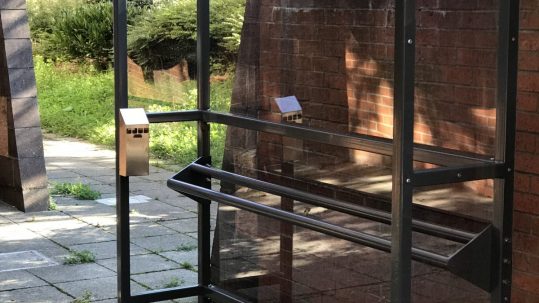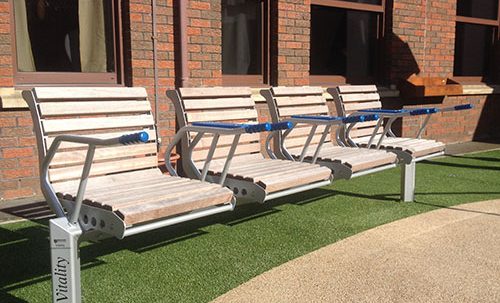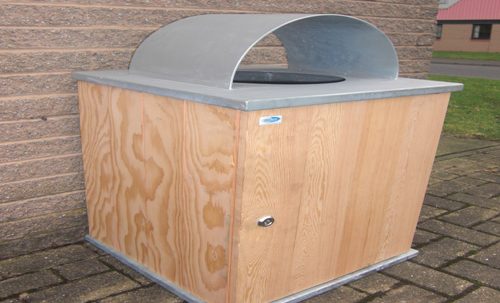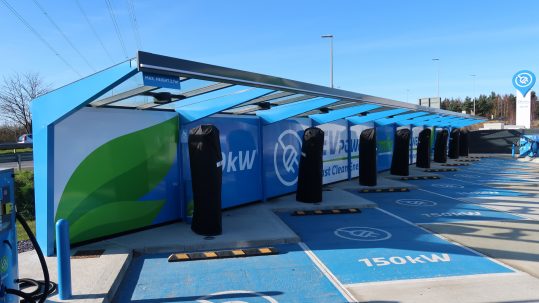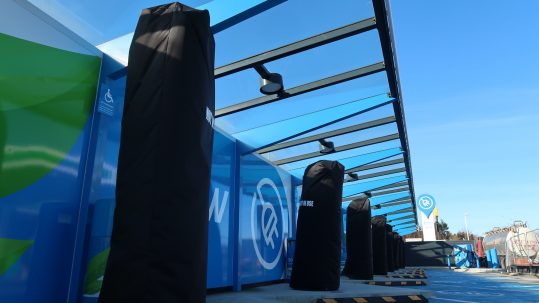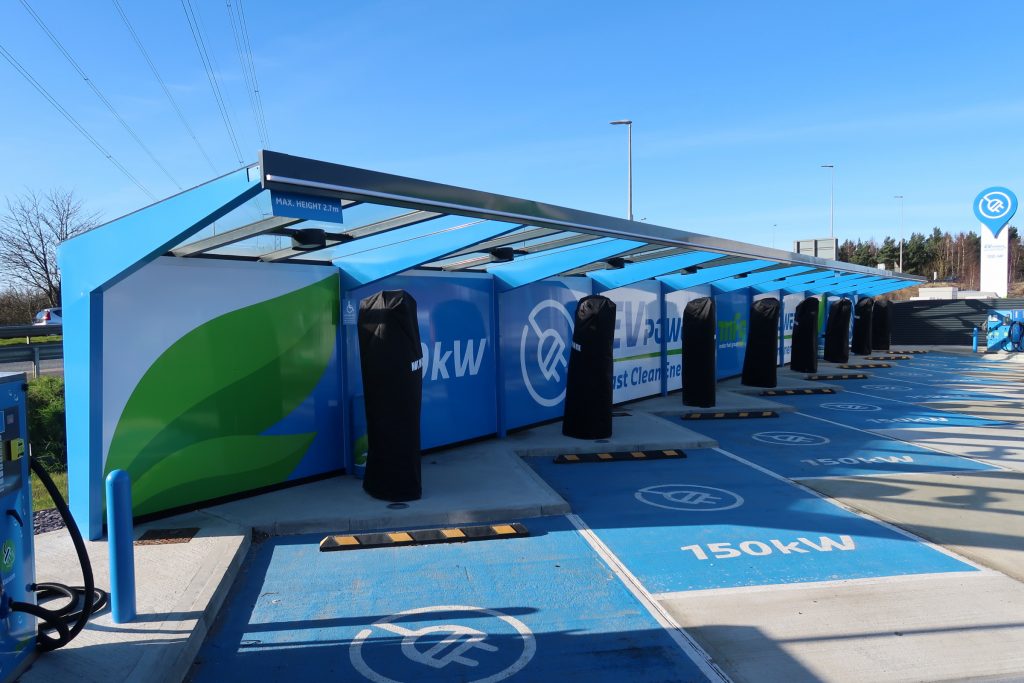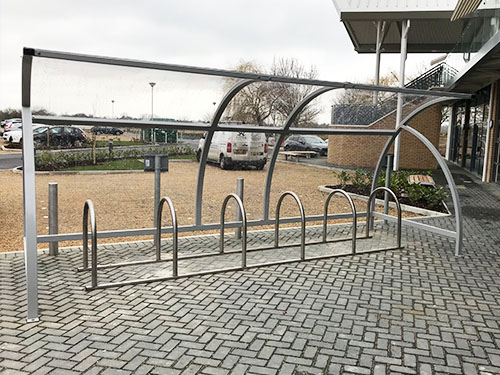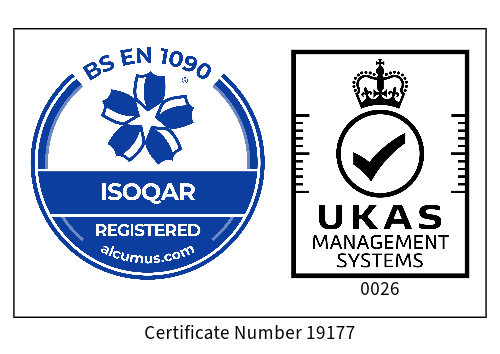09 Oct Safe and Secure Bikes
How to Keep Your Bike Safe and Secure at Home or Away
Since the London 2012 Olympic Games Britain has been officially biking their way to work, school and ultimately to a healthier lifestyle but with the recent boom also comes the increasing incidents of bike theft. Whilst many individuals are clued up on how to protect their motorised vehicles, many cyclists are still unsure about how to keep their bicycle safe and secure, giving thieves across the country an easy ride! We have compiled the following tips to ensure your bike doesn’t fall into the wrong hands.
Where you store your bicycle is an important part of preventing your bike from getting stolen. Whichever part of the country you live in; there are a range of bike storage options lining our streets, schools and workplaces so use them! Whenever you leave your bike unattended, make sure it is fully secured in one of the nearby cycle shelters, preferably in a well-lit, public area, which tends to deter bike thieves. To ensure your destination has these bike storage amenities, plan ahead and decide where you are going to park before you set out.
When utilising these designated cycle shelters, make sure you always have a high quality lock to hand in order to secure your bicycle in place. A bike without a lock can be stolen in a matter of seconds whilst those sporting a low quality bicycle lock pose no mean feat to thieves who can simply saw through or cut the lock to release your bike. A D-lock is the best option when choosing a suitable and secure accessory for your bicycle, and this should be used to ensure your bike cannot be moved. For an even more secure option, this D-lock can be used with a chain and padlock, this way it can fix both wheels in place as well as wrapping around the frame and stand.
At home, make sure your bicycle is stored appropriately out of sight in a locked garage or shed. Alternatively, if you don’t have access to sheltered storage, use your lock to secure your bicycle to street furniture or another immovable item. Whilst your home and contents insurance will ensure a bike stored at home is protected, it may be worth taking out a dedicated policy for more expensive makes and models.
Bicycle insurance and police identification codes, also known as Radio Frequency Identification (RFID) Tagging, can be used to ensure you are covered and your bike is traceable or at least refundable should be very worst happen.


